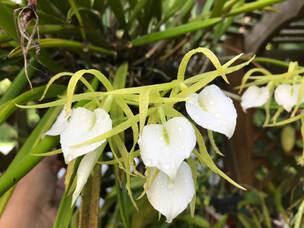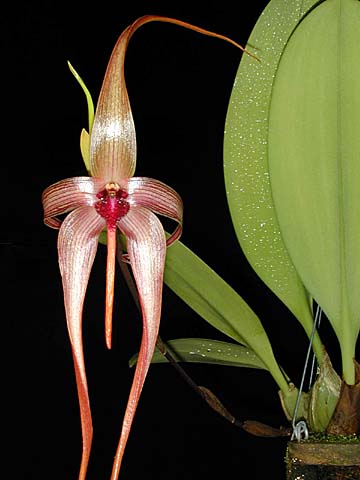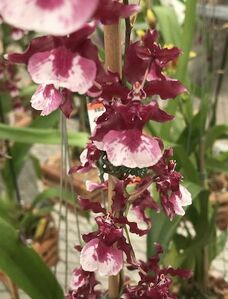|
Better-GroOrchidBlog
Within the Orchidaceae family, there are flowers of all shapes, sizes, colors -- and fragrances. Many orchid species have strong scents, which range from putrid to pleasant. Here’s a look at why orchids have such an array of aromas, along with some species you might want to smell and others that are quite offensive.  Brassavola nodosa Brassavola nodosa Fragrances Help to Attract Pollinators In the wild, orchids’ scents help the plants attract pollinators. Often an orchid’s scent is tailored for a specific pollinator:
 Encyclia cordigera rosea Encyclia cordigera rosea Sweet Smelling Orchids There are many sweet-smelling orchid species in a number of different genera. The following are just some of the delightfully fragrant orchids grown by Better-Gro:
 Bulbophyllum echinolabium Photo Credit: Orchidspecies.com Bulbophyllum echinolabium Photo Credit: Orchidspecies.com Foul-Smelling Orchids Smell Like Decaying Matter Although you’ll rarely hear them discussed and almost never find them in a mainstream nursery, there are a number of offensively smelling orchids. Some of the worst smelling orchids are in the Bulbophyllum genus:
As mentioned, these orchids aren’t trying to deter predators with their scents, although they may send you running away. They’re trying to attract insects that thrive on decaying matter.  Oncidium Heaven Scent 'Sweet Baby' Oncidium Heaven Scent 'Sweet Baby' Orchids Smell Best in the Morning and Evening Most fragrant orchids smell strongest in the morning or evening, when the pollinators they’re trying to attract are most active. Many species give off their scents in the morning, but some, like Lady of the Night, try to attract nocturnal moths and other insects by saving their scents for the evening. Additionally, orchids will often smell stronger on warm, sunny days than cool, cloudy ones. The higher temperatures and sun heat up the plants’ oils, causing them to put off a stronger fragrance. Orchids are fascinating plants with diverse flowers. To learn more about different kinds of orchids and their blooms, as well as how to care for them, we invite to peruse our website. Happy Blooming from Better-Gro!
Comments are closed.
|
Resources
|
Company |
|
